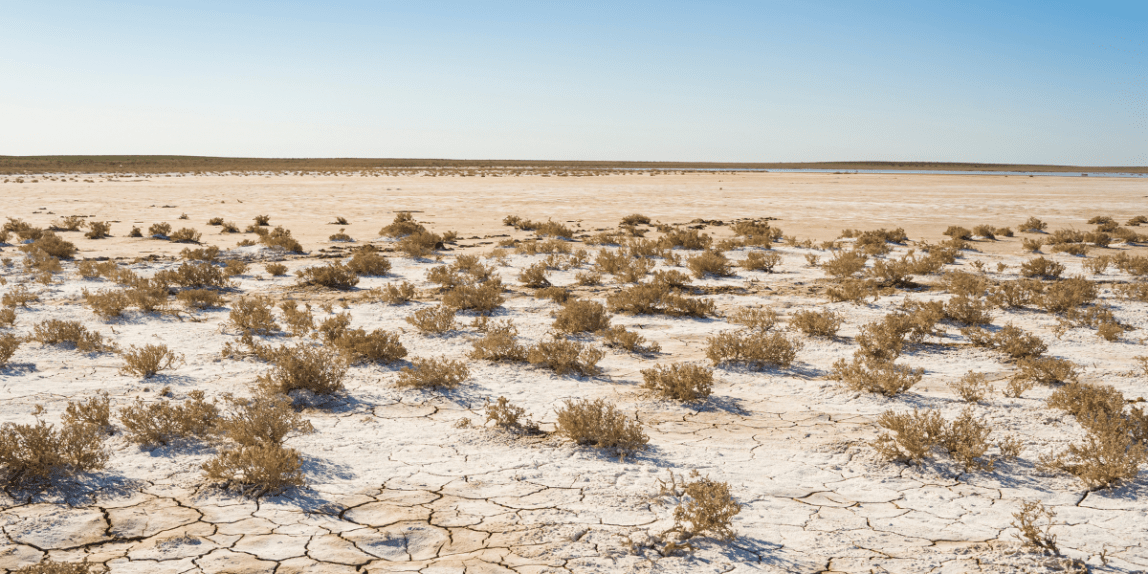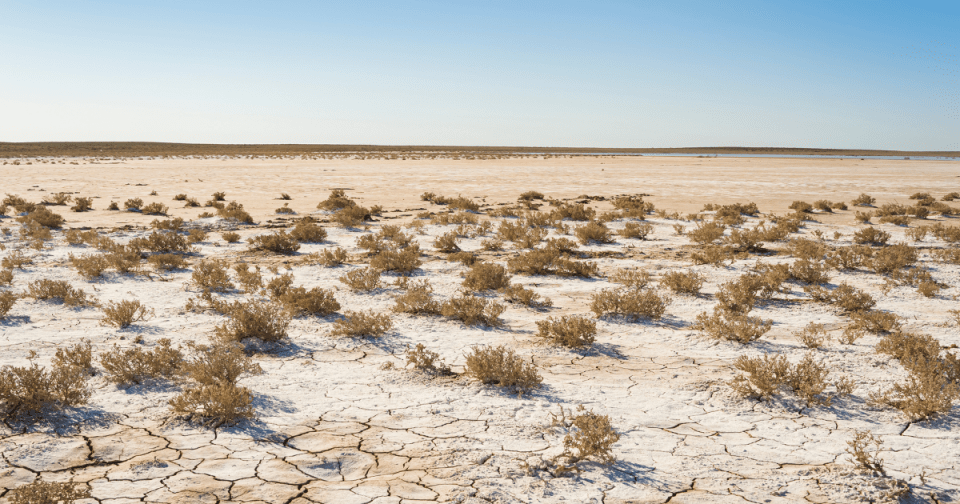
Gardening in any region can present a unique set of challenges, and Southwest gardeners can tell you that the desert is dry! Our arid climate receives little amounts of rainfall, which causes little vegetation, low fertility, and salty, alkaline soil. When choosing to grow non-native plants, gardeners must properly prepare their soil before planting to ensure that they are offering the right growing conditions.
Around the world, gardeners commonly monitor the pH level of their soil, since slightly acidic soil will allow for maximum nutrient availability and uptake. In the Mohave Desert, our soil typically has a high pH level (>8.0) due to high amounts of caliche*. At higher pH levels, some nutrients can become insoluble, meaning the plant won’t be able to absorb nutrients that are essential for healthy growth. The ideal pH level for healthy soil should fall between 5.5-7.5, however some plants might have more specific needs. If your soil pH is too high, you’ll need to do some work to lower it before planting.
*Caliche is a cement-like build-up of calcium carbonate, which was leached into our soils over millions of years through limestone weathering.
If you do need to lower the pH level of your soil, you can do so by using elemental sulfur. When oxidized, elemental sulfur will convert to sulfuric acid, which will break down caliche and make the soil more acidic. When applying elemental sulfur, use 15-20 pounds of Dr. Q’s Soil Sulfur per 1,000 square feet, then till about 6-8 inches deep. Avoid applying sulfur in the hot, summer months and avoid using ammonium sulfate, as it will not cause the correct chemical reaction.
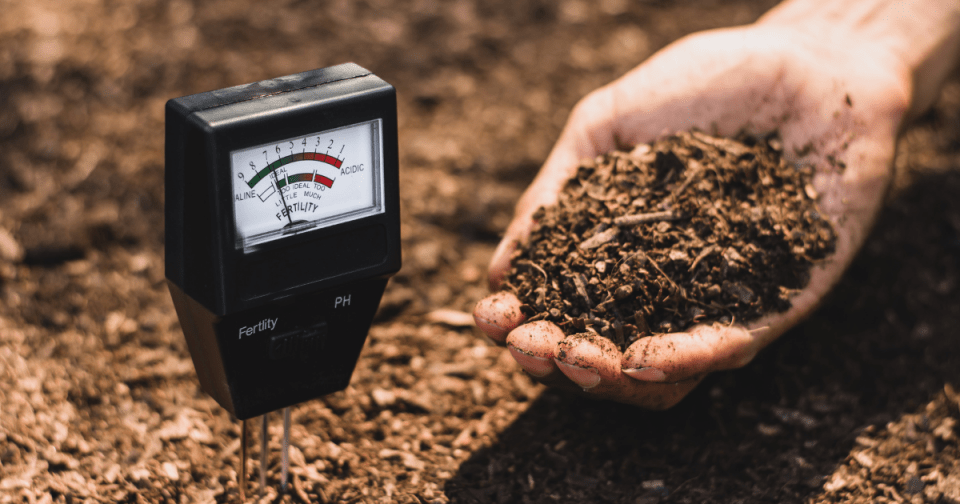
In addition to high pH levels, desert gardeners must also work to combat the low levels of organic matter in the native soil. Organic matter will help to improve the health of any plant because it improves soil structure and moisture retention, moderates soil temperatures, and offers more nutrients. Two excellent forms of organic matter are peat moss and compost because peat moss is a fluffier material and can improve drainage, while compost is decayed organic material that will add essential nutrients to the soil. Luckily, this combination can be found in Dr. Q’s Premium Paydirt Planting Mix, making it the ideal soil amendment to use in your landscape.
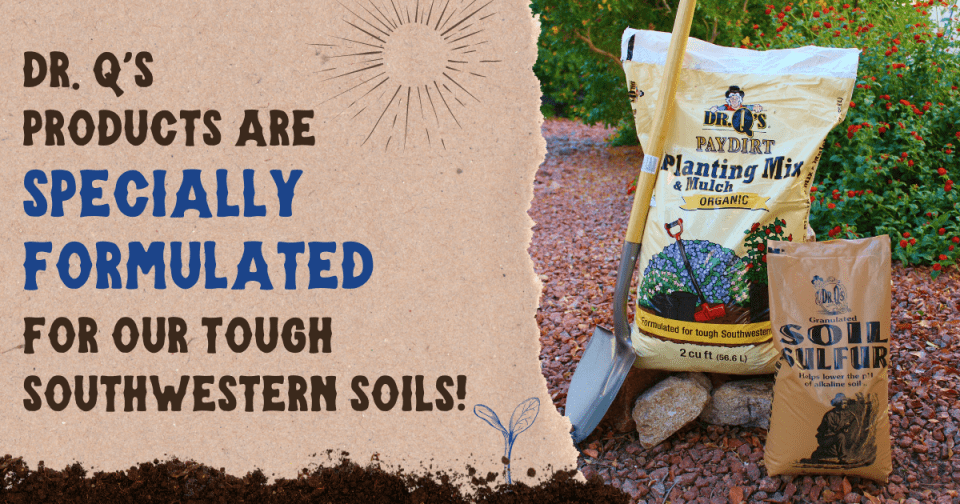
When amending your soil, be sure to create a 50/50 mix of native soil and your chosen amendment. While it is beneficial to add organic matter to your soil, it would be counter-productive to only grow your plant in organic matter. To offer your plant ideal growing conditions, there should be a good mix of many types of materials, including the clay, sand, and silt that naturally exist in the native soil.
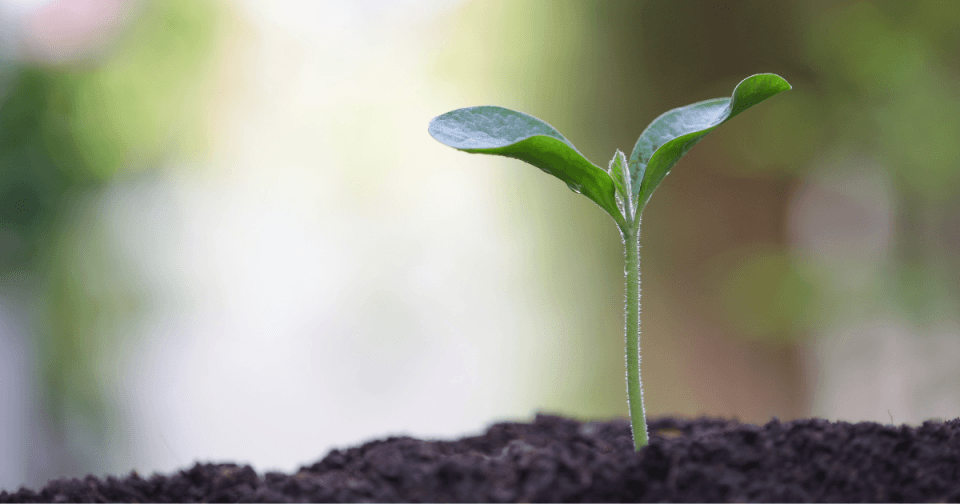
Gardening in the desert can be challenging for both novice and advanced gardeners, but with the right information and tactics, these challenges can be overcome. Because our native soil is so poor, taking the time to improve it will make all the difference and your plants will thank you! By lowering soil pH and adding more organic matter, your plants will experience overall better growing conditions, helping them to establish themselves for many beautiful growing seasons to come.
